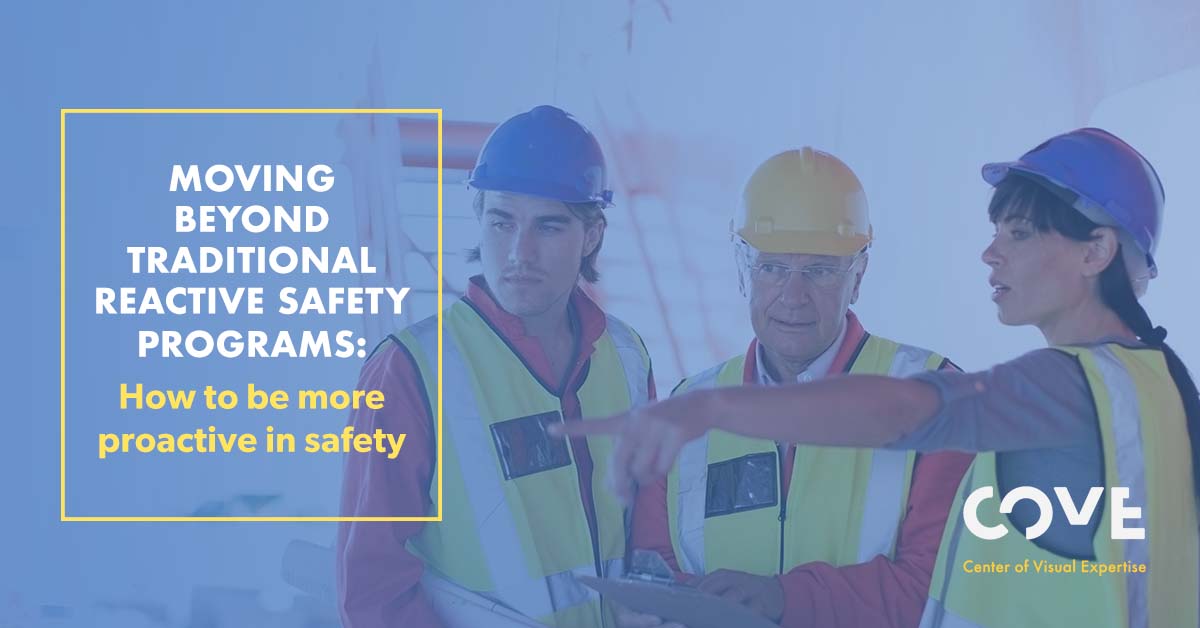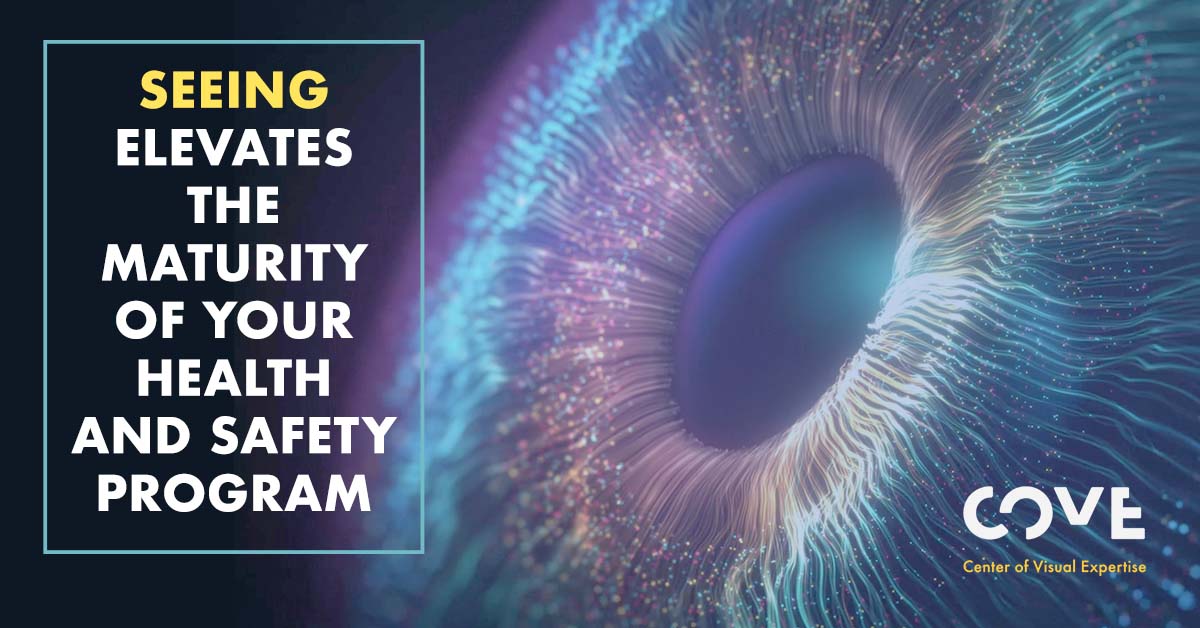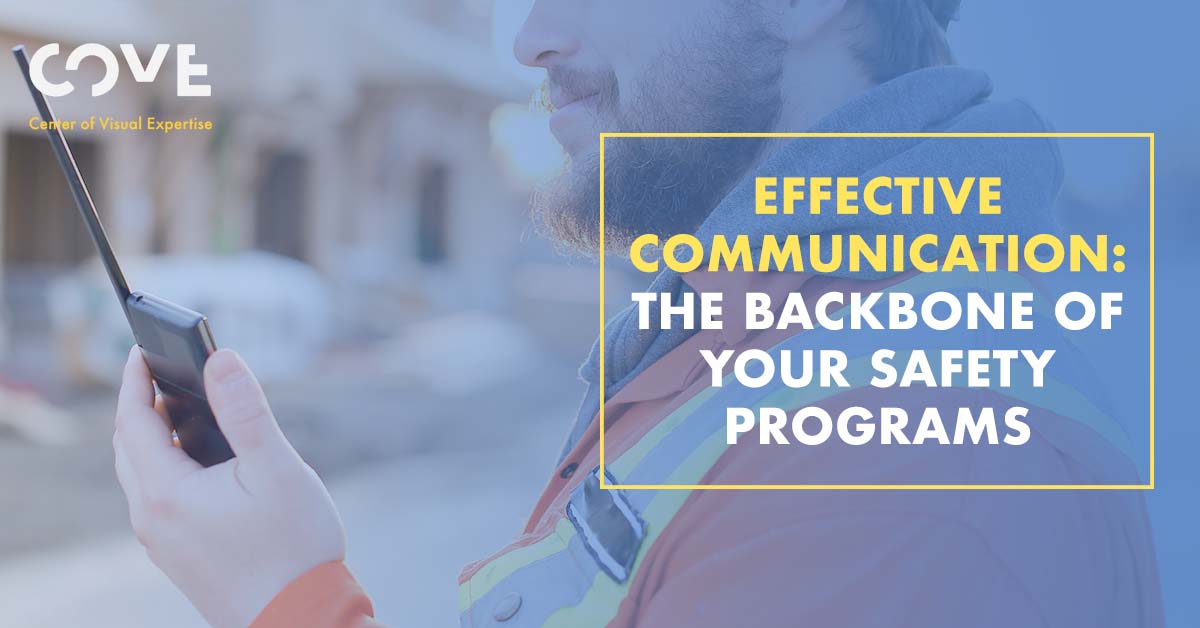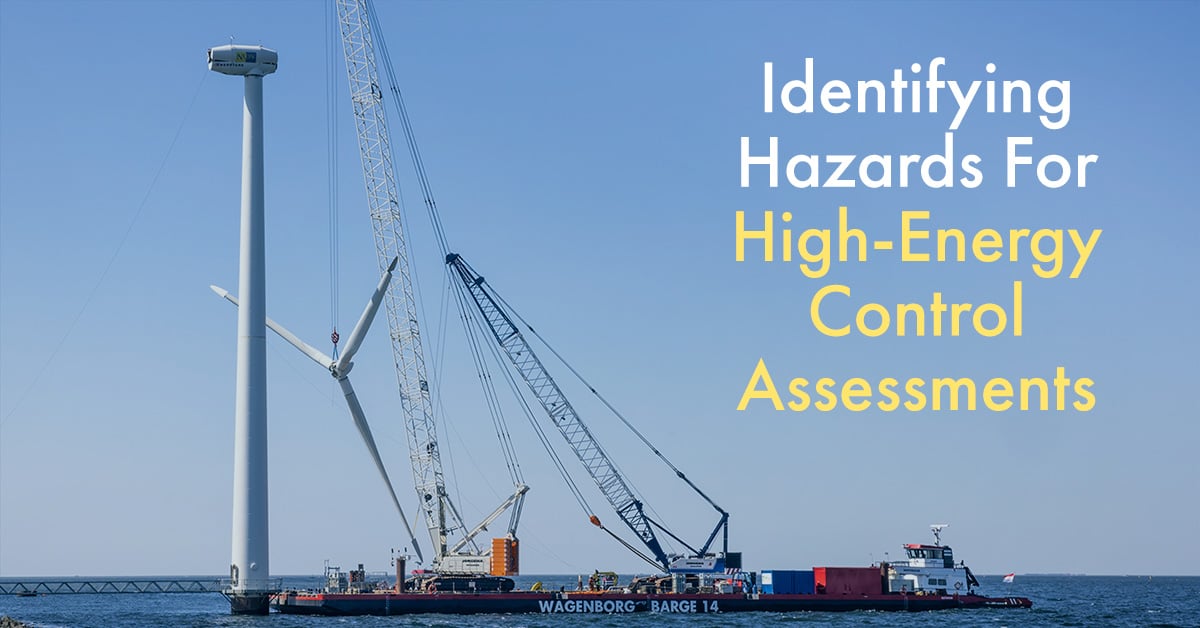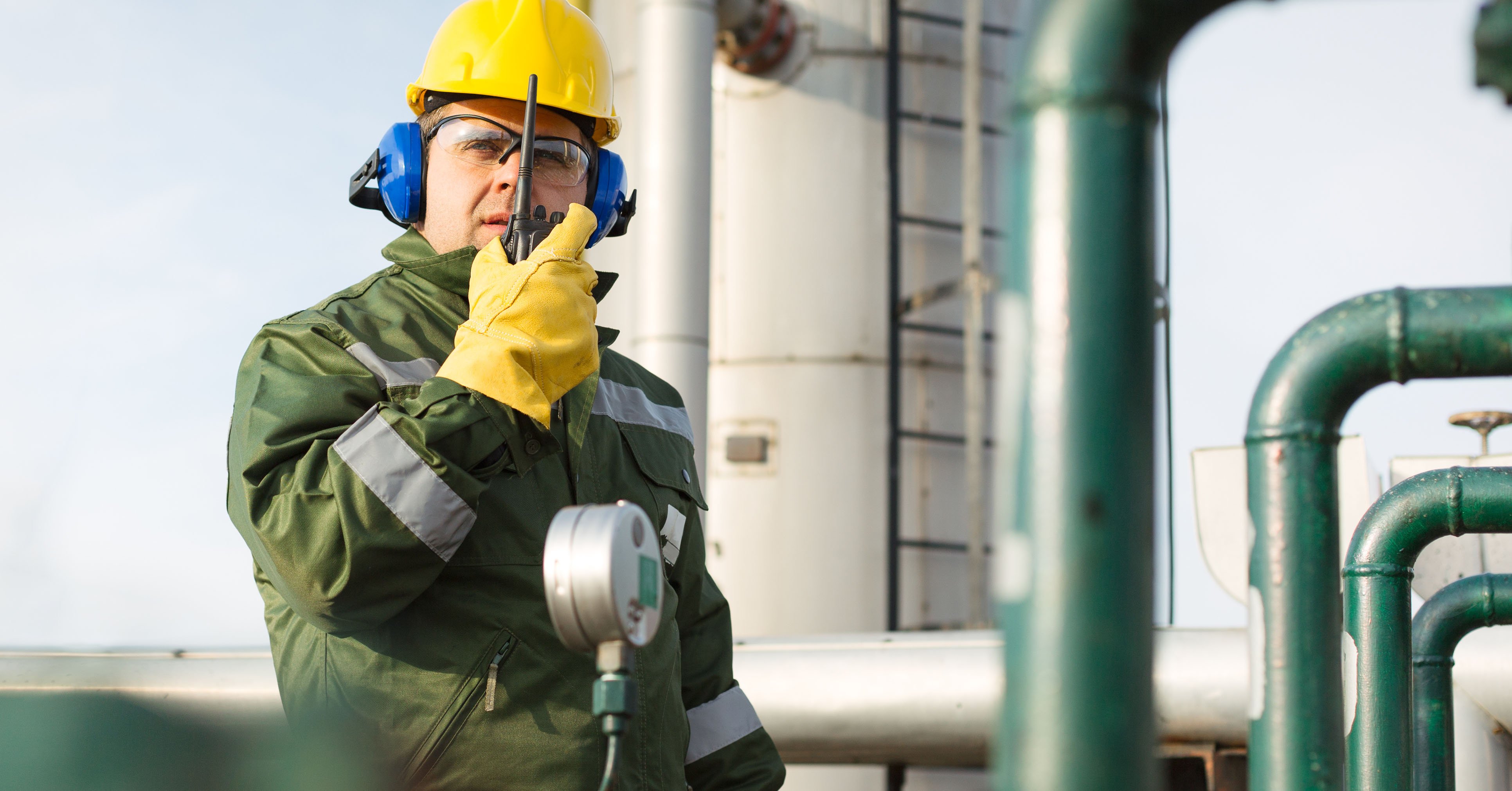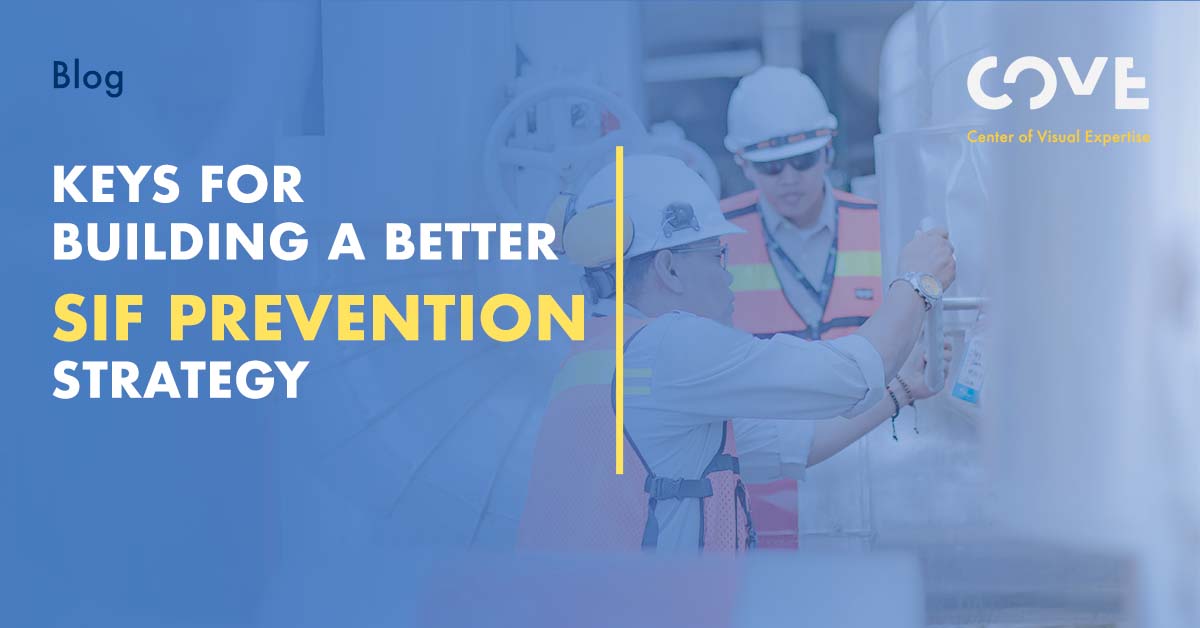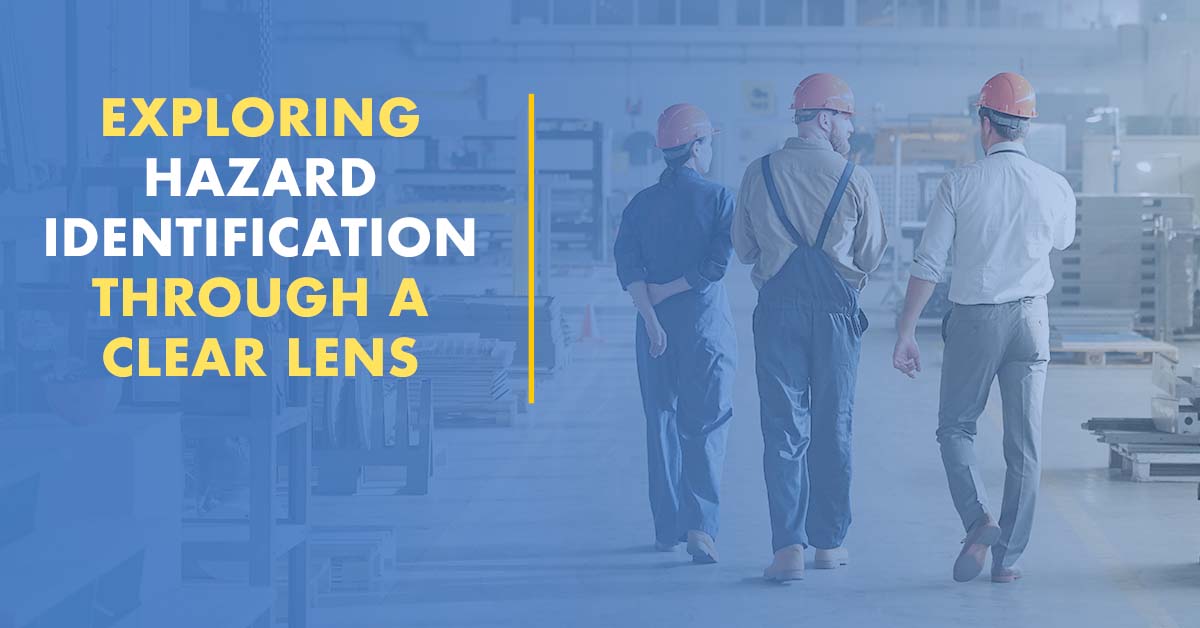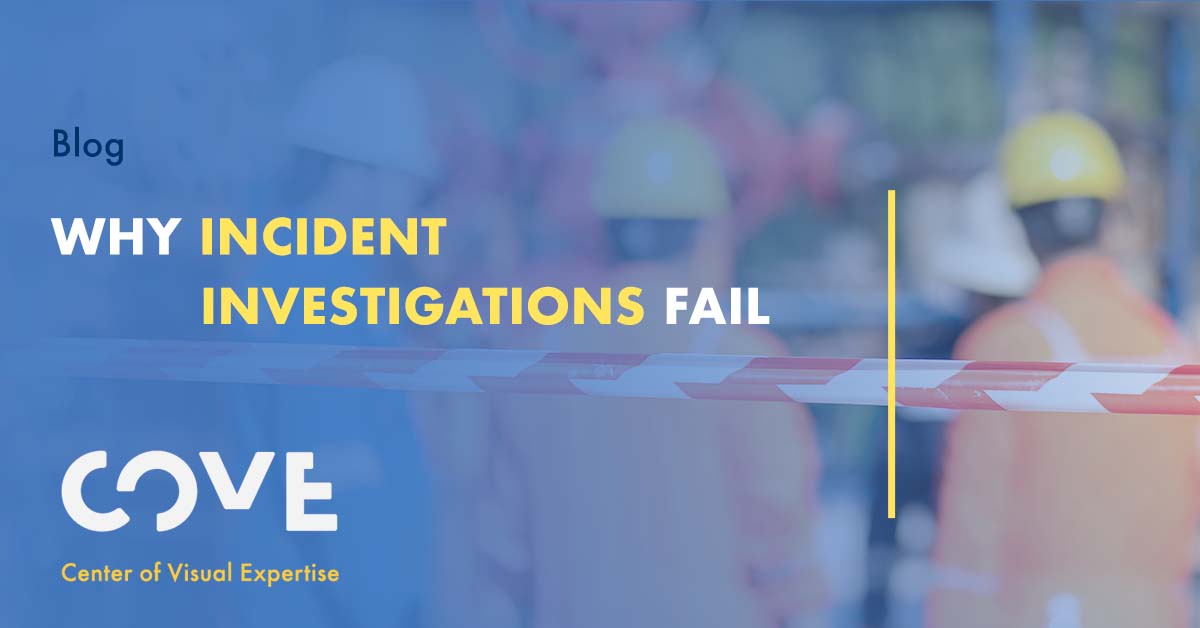By Kristin Zinkl on Sep 26, 2019 11:48:42 AM
We recently held a webinar on September 19, 2019, presented by Colin Duncan, Managing Director at COVE, that looked at some of the more common challenges safety leaders have in their roles and shared some thinking about what they can do to improve in these areas.
It is well understood that leadership plays a pivotal role in the efficacy of your safety program. While leaders may not be at the ‘front line’ of safety, they must have an ability to ‘see safety’ - to understand how visual bias impacts safety programs and how those biases influence not only their operating staff, but also themselves.
By understanding their own Visual literacy gaps, and those of others, leaders can develop a higher degree of empathy for the reality of getting work done safely. They can put themselves ‘in the eyes of the worker’ and learn how every day safety and production activity can be impacted by gaps is visual acuity. And leaders can also learn how visual literacy gaps can impact their own safety performance in key activities such as incident investigation, the prioritization, planning and execution of corrective actions, safety observations and even how they look at and assess safety data. Leaders must be fully equipped to understand their operating system, its hazards and risks, and how the safety program plays out in the reality of a worker’s experience.
Here is a short clip from the webinar talking about two dimensions in which Visual Literacy impacts leader effectiveness.



